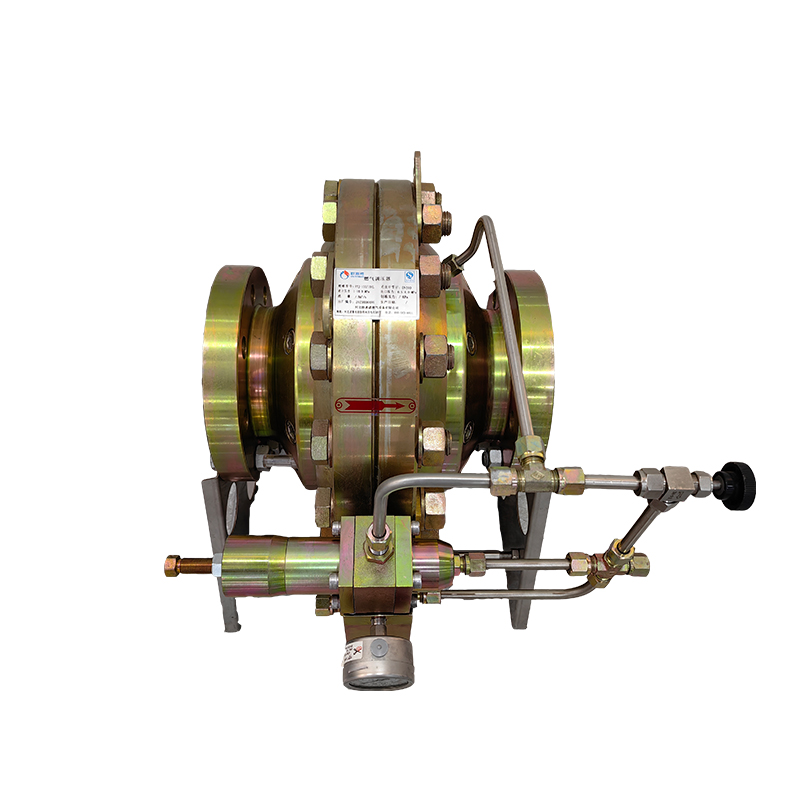
Dec . 07, 2024 06:06
Back to list
heat exchanger
Understanding Heat Exchangers Function, Types, and Applications
Heat exchangers are vital components used in various industries to facilitate the transfer of heat from one medium to another. This process is essential for a myriad of applications ranging from power generation to chemical processing, and even in building HVAC (heating, ventilation, and air conditioning) systems. A heat exchanger's primary function is to improve energy efficiency by recovering waste heat or optimizing heat transfer, making them an invaluable technology in energy conservation.
Function and Operation
The basic operating principle of a heat exchanger is relatively straightforward it transfers heat between two or more fluids without mixing them. The fluids can be either liquids or gases, and they typically flow through separate channels or tubes within the heat exchanger. The heat transfer occurs primarily through conduction, with the temperature difference between the fluids driving the heat exchange process.
In practical terms, when one fluid is heated, it transfers some of its thermal energy to the cooler fluid, thus facilitating temperature regulation and energy efficiency. This process can be crucial not only for maintaining optimal operating conditions in machinery and processes but also for reducing energy consumption, leading to environmental benefits and cost savings.
Types of Heat Exchangers
Heat exchangers come in several types, each suited for specific applications based on design, construction, and operational requirements. Here are some of the most common types
1. Shell and Tube Heat Exchanger This design consists of a series of tubes, one set carrying the hot fluid and the other carrying the cold fluid. The heat exchange occurs through the tube walls. This type is widely used in refineries and chemical plants due to its efficiency and size adaptability.
2. Plate Heat Exchanger Made up of a series of thin, corrugated plates, this type allows for efficient heat transfer. The design creates a large surface area for heat exchange in a relatively compact unit, making it ideal for applications where space is at a premium, such as in food processing and HVAC systems.
heat exchanger

3. Air Cooled Heat Exchanger Utilized primarily for cooling purposes, this exchanger uses air as the cooling medium. It is commonly found in power plants and in installations where water cooling is not feasible.
4. Double Pipe Heat Exchanger This is one of the simplest types of heat exchangers, consisting of one pipe inside another. While they are not as efficient as shell and tube or plate heat exchangers, they can be effective in smaller applications or where low heat transfer rates are sufficient.
Applications of Heat Exchangers
The applications of heat exchangers are extensive and span multiple industries. In the chemical industry, they are used for cooling and heating reactions, ensuring that processes operate at optimal temperatures. In the power generation sector, heat exchangers help in recovering waste heat from exhaust gases to improve the overall efficiency of power plants.
In HVAC systems, heat exchangers play a crucial role in controlling indoor temperatures by redistributing heat from exhaust air to incoming fresh air, thus conserving energy. Another significant application can be found in the food and beverage industry, where pasteurization processes rely on efficient heat transfer to ensure safety and product quality.
Furthermore, with increasing awareness of environmental issues and energy costs, the demand for innovative heat exchanger designs continues to rise. Organizations are focusing on developing more efficient, compact, and less expensive heat exchangers, which are instrumental in enhancing the sustainability of industrial processes.
Conclusion
In summary, heat exchangers are essential devices that facilitate efficient heat transfer across various industries. Their capacity to enhance energy efficiency, conserve resources, and reduce operational costs makes them indispensable in modern engineering applications. Understanding their operations and types allows industries to make informed choices in designing systems that prioritize energy conservation while optimizing performance. As technology continues to advance, the role of heat exchangers will likely expand, providing even greater opportunities for innovation in heat management and energy efficiency.
Next:
Latest news
-
Safety Valve Spring-Loaded Design Overpressure ProtectionNewsJul.25,2025
-
Precision Voltage Regulator AC5 Accuracy Grade PerformanceNewsJul.25,2025
-
Natural Gas Pressure Regulating Skid Industrial Pipeline ApplicationsNewsJul.25,2025
-
Natural Gas Filter Stainless Steel Mesh Element DesignNewsJul.25,2025
-
Gas Pressure Regulator Valve Direct-Acting Spring-Loaded DesignNewsJul.25,2025
-
Decompression Equipment Multi-Stage Heat Exchange System DesignNewsJul.25,2025

